
“ #TheNightWatch, originally known as De Nachtwacht”, is a #1642 painting by Master #Rembrandt van Rijn. It is in the collection of the Amsterdam Museum but is prominently displayed in the Rijks Museum as the best known painting in its collection. The #Night #Watch is one of the most famous #Dutch Golden Age #paintings.
The #painting is famous for three things: its
colossal size (363 cm × 437 cm (11.91 ft
× 14.34 ft)), the dramatic use of light and
shadow (tenebrism) and the perception of
motion in what would have traditionally been a
static military group portrait. The painting was
completed in 1642, at the peak of the Dutch
Golden Age.
It depicts the eponymous company moving
out, led by Captain Frans Banning
Cocq (dressed in black, with a red sash) and his lieutenant, Willem van Ruytenburch (dressed in yellow, with a white sash). With effective use of sunlight and shade, Rembrandt leads the eye to the three most important characters among the crowd: the two gentlemen in the centre (from whom the painting gets its original title), and the woman in the center-left background carrying a chicken.
Behind them, the company & #39;s colors are carried by the ensign, Jan Visscher Cornelissen. The figuresare almost life-size. Rembrandt has displayed the traditional emblem of the arquebusiers in a natural way, with the woman in the background carrying the main symbols. She is a kind of mascot herself; the claws of a dead chicken on her belt represent the clauweniers (arquebusiers), the pistol behind the chicken represents clover and she is holding the militia & #39;s goblet. The man in front of her is wearing a helmet
with an oak leaf, a traditional motif of the arquebusiers. The dead chicken is also meant to represent a defeated adversary. The color yellow is often associated with victory.
The painting was commissioned (around 1639) by Captain Banning Cocq and seventeen members of his Kloveniers. Eighteen names appear on a shield, painted circa 1715, in the center right background, as the hired drummer was added to the painting for free. A total of 34 characters appear in the painting. Rembrandt was paid 1,600 guilders (current INR Rs. 50,000) for the painting (each person paid one hundred), a large sum at the time. This was one of a series of seven similar paintings of the militiamen (Dutch: Schuttersstuk)
commissioned during that time from various artists. The painting was commissioned to hang in the banquet hall of the newly
built Kloveniersdoelen (Musketeers & #39; Meeting Hall) in Amsterdam. Some have suggested that the occasion for Rembrandt & #39;s commission and the series of other commissions given to other artists was the visit of the French queen, Marie de Medici, in 1638. Even though she was escaping from her exile from France ordered by her son Louis XIII, the queen & #39;s arrival was met with great pageantry.
The Night Watch first hung in the Groote
Zaal (Great Hall) or Amsterdam’s
Kloveniersdoelen. In 1715, the painting was
moved to the Amsterdam Town Hall, for
which it was altered. When Napoleon
occupied the Netherlands, the Town Hall
became the Palace on the Dam and the
magistrates moved the painting to
the Trippenhuis of the family Trip. Napoleon
ordered it returned, but after the occupation
ended in 1813, the painting again moved to
the Trippenhuis, which now housed the Dutch
Academy of Sciences. It remained there until
it moved to the New Rijksmuseum when its
building was finished in 1885.
The painting was removed from the museum in September 1939, at
the onset of World War II. The canvas was detached from its frame and
rolled around a cylinder. The rolled painting was stored in Radboud
Castle in Medemblik, north of Amsterdam. After the end of the war,
the canvas was re-mounted, restored, and returned to its rightful place
in the Rijks Museum. On 11 December 2003, The Night Watch was
moved to a temporary location, due to a major refurbishment of the
Rijks Museum. The painting was detached from its frame, wrapped in
stain-free paper, put into a wooden frame which was put into two
sleeves, driven on a cart to its new destination, hoisted, and brought
into its new home through a special slit.
A persistent misconception is that Rembrandt & #39;s decline in popularity
was the result of negative public reception of the painting. The myth
has even made its way into modern advertising; in 1967, KLM featured the painting in an
advertisement that said, "See Night Watch, Rembrandt & #39;s spectacular & #39;failure & #39; (that caused him to be) hooted... down the road to bankruptcy." The myth has no reasonable origin as there is no record of criticism of the painting in Rembrandt & #39;s lifetime, and Captain Cocq even commissioned a watercolor of it for his personal album. It is more likely that the decline in the artist & #39;s popularity was not the result of reaction to any one painting but to a broader change in taste. During the 1640s, wealthy patrons began to prefer the bright colors and graceful manner that had been initiated by such painters as the Flemish portraitist Anthony van Dyck.
Even such an wonderful artwork could not escape vandalism. The work was attacked with a bread knife by an unemployed school teacher on 14 September 1975, resulting in several large zigzagged slashes. It was successfully restored after four years, but some evidence of the damage is still visible up close. The man was never charged and he also committed suicide in April 1976.
On 6 April 1990, a man sprayed acid onto the painting with a concealed pump bottle. Security guards intervened and water was quickly sprayed onto the canvas. The acid had only penetrated the varnish layer of the painting and it was fully restored.
https://www.bahomanmagazine.com/the-night-watch
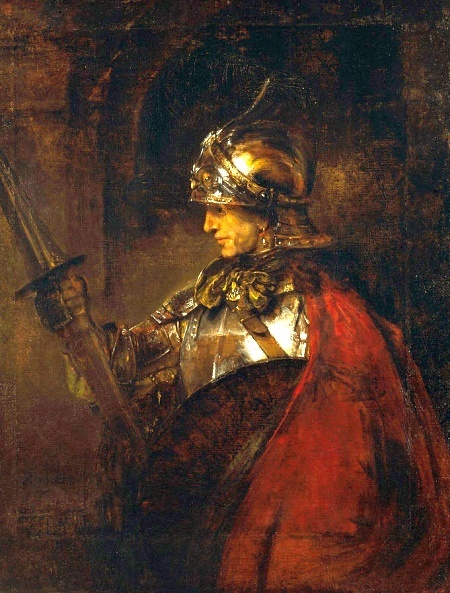

 Selbstbildnis (Self-Portrait )
Selbstbildnis (Self-Portrait ) Rembrandt van Rijn - Jupiter and Antiope (1659) [
Rembrandt van Rijn - Jupiter and Antiope (1659) [
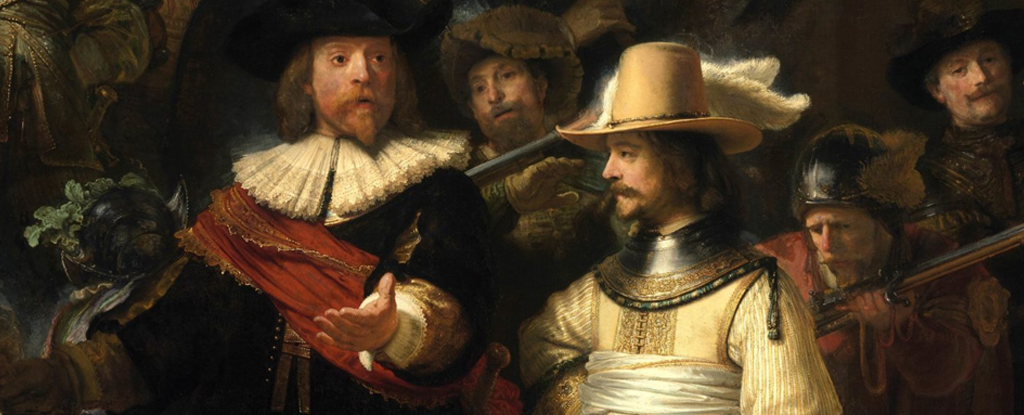

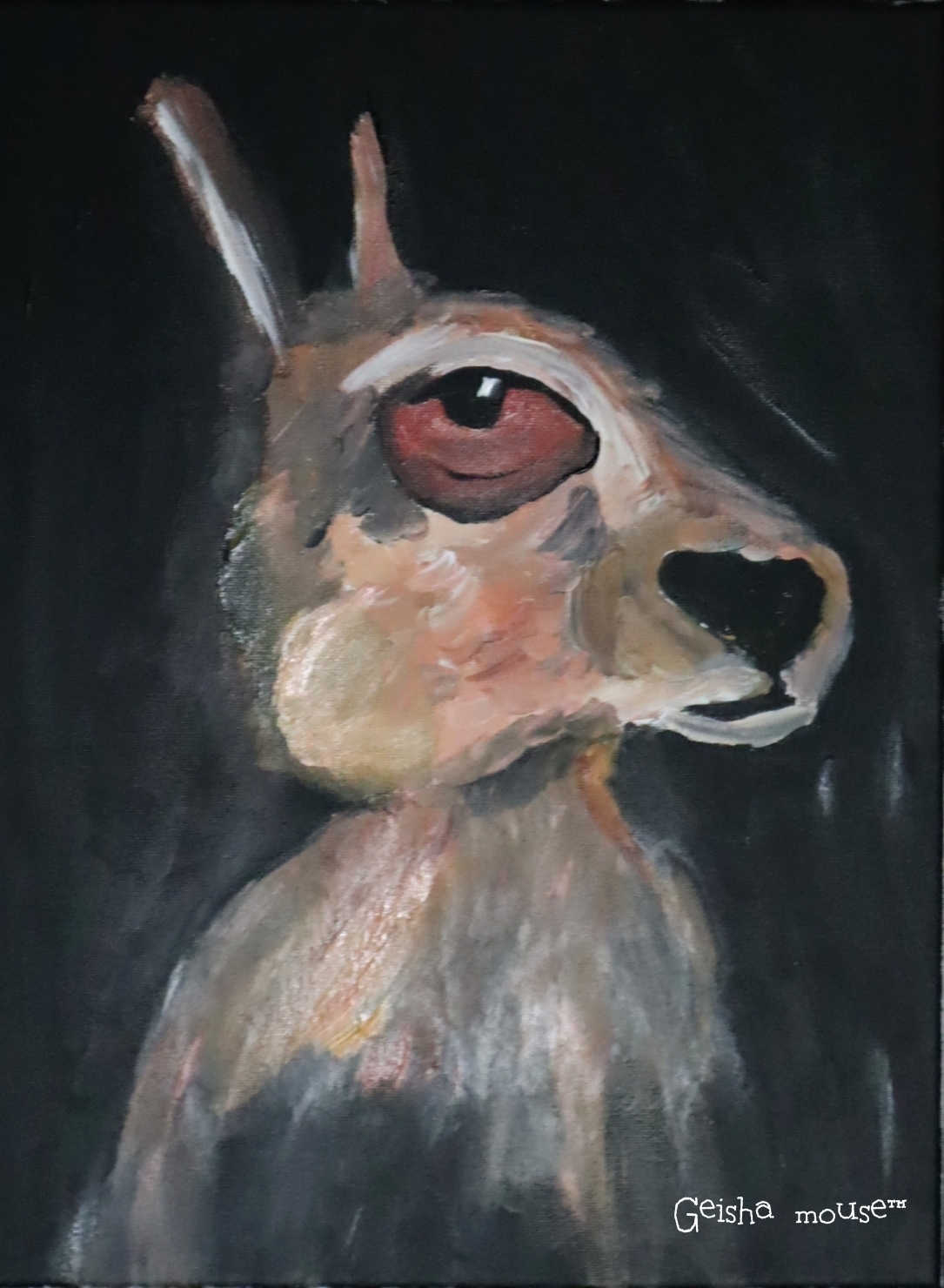
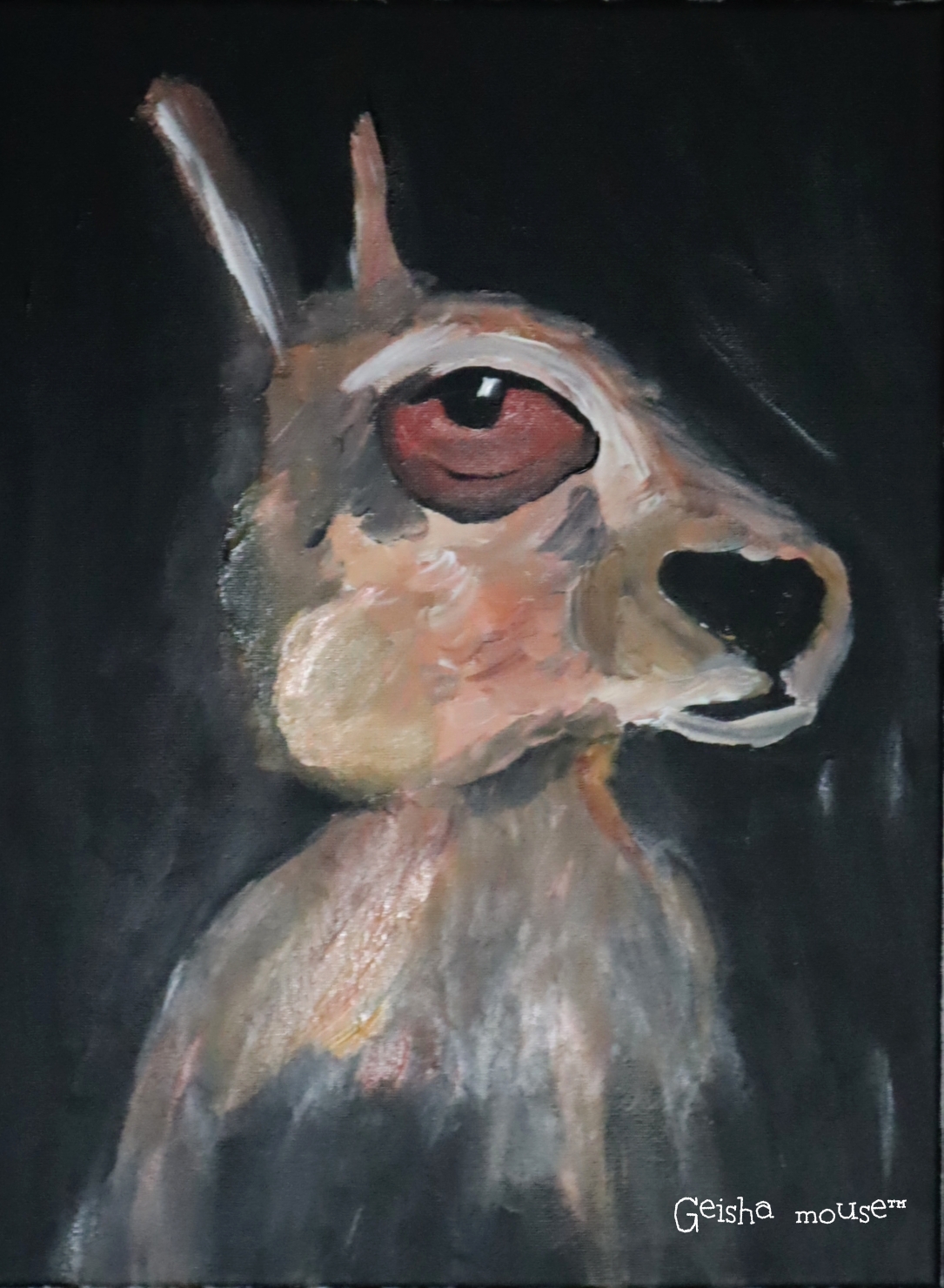

 Aristotle with a Bust of Homer by Rembrandt (Rembrandt van Rijn) (Dutch, Leiden 1606–1669 Amsterdam), 1653
Aristotle with a Bust of Homer by Rembrandt (Rembrandt van Rijn) (Dutch, Leiden 1606–1669 Amsterdam), 1653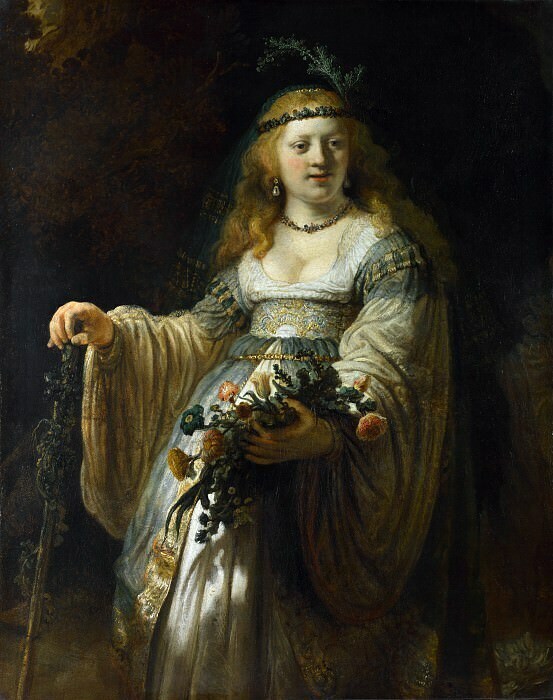
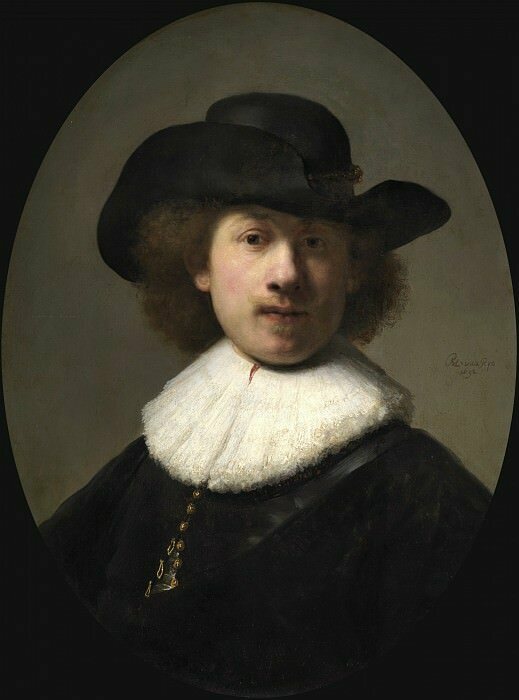
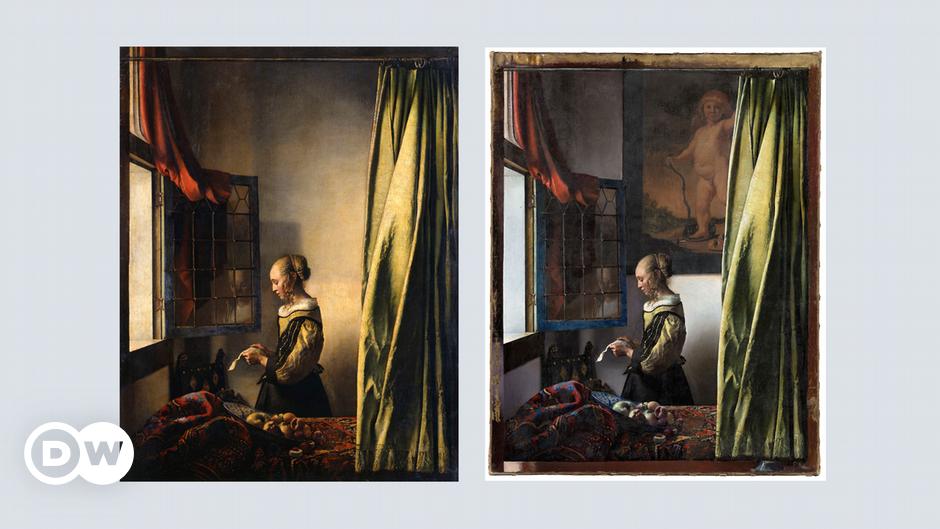

 Rembrandt van Rijn - The Angel Appearing to the Shepherds [
Rembrandt van Rijn - The Angel Appearing to the Shepherds [
